Filter by

Bioresource and Stress Management
This book is a compilation of recent global measures to conserve bio-resources and manage biotic and abiotic stresses. It highlights emerging issues related to agriculture, abiotic and biotic stress factors, ethnic knowledge, climate change and global warming, as well as natural resources and their sustainable management. It also focuses on the consolidated efforts of scientists and academics e…
- Edition
- 1
- ISBN/ISSN
- 978-981-10-0995-2
- Collation
- XV, 276
- Series Title
- -
- Call Number
- 150.6
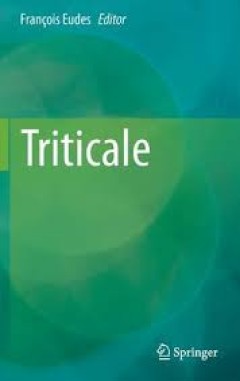
Triticale
Triticale crop species has received substantial research support since the mid-20th century making it a commercial success in many countries, in diverse value propositions. However, no recent book captures the new knowledge and progresses made in more than 2 decades. The purpose of this work is to review and collate the new knowledge of triticale plant biology and agronomy, while considering th…
- Edition
- -
- ISBN/ISSN
- 978-3-319-22551-7
- Collation
- -
- Series Title
- -
- Call Number
- -
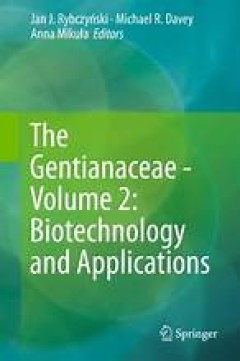
The Gentianaceae - Volume 2: Biotechnology and Applications
This book, the second of two volumes on the Gentianaceae, is devoted to aspects of biotechnology and their applications. It consists of 18 chapters and covers micropropagation by means of organogenesis or somatic embryogenesis, and single cell manipulation of various species belonging to the horticultural genera Blakstonia, Centaurium, Gentiana, Gentianalla and Swertia. Furthermore, the applica…
- Edition
- 1
- ISBN/ISSN
- 978-3-642-54102-5
- Collation
- XXVIII, 452, 91 b/w illustrations, 37 illustrations in colour
- Series Title
- -
- Call Number
- -
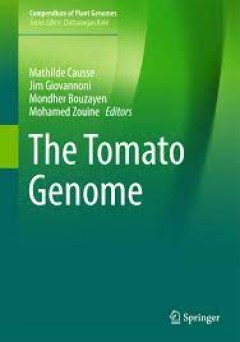
The Tomato Genome
This book describes the strategy used for sequencing, assembling and annotating the tomato genome and presents the main characteristics of this sequence with a special focus on repeated sequences and the ancestral polyploidy events. It also includes the chloroplast and mitochondrial genomes. Tomato (Solanum lycopersicum) is a major crop plant as well as a model for fruit development, and the av…
- Edition
- -
- ISBN/ISSN
- 978-3-662-53389-5
- Collation
- -
- Series Title
- -
- Call Number
- -
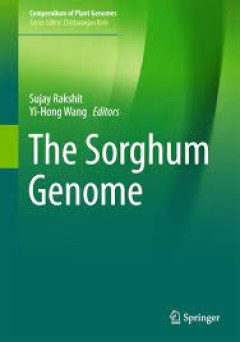
The Sorghum Genome
This book provides insights into the current state of sorghum genomics. It particularly focuses on the tools and strategies employed in genome sequencing and analysis, public and private genomic resources and how all this information is leading to direct outcomes for plant breeders. The advent of affordable whole genome sequencing in combination with existing cereal functional genomics data has…
- Edition
- -
- ISBN/ISSN
- 978-3-319-47789-3
- Collation
- -
- Series Title
- -
- Call Number
- -
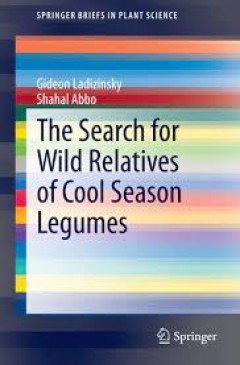
The Search for Wild Relatives of Cool Season Legumes
The study of origin and domestication of legumes described in this book emerged when it became apparent that while this kind of information is adequate for cereals, the pulses lagged behind. At the end of the 1960s the senior author initiated a study on the chickpea's wild relatives followed by similar attempts for broad bean, fenugreek, common vetch, bitter vetch, and lentil. The junior aut…
- Edition
- -
- ISBN/ISSN
- 978-3-319-14505-1
- Collation
- -
- Series Title
- -
- Call Number
- -
 Computer Science, Information & General Works
Computer Science, Information & General Works  Philosophy & Psychology
Philosophy & Psychology  Religion
Religion  Social Sciences
Social Sciences  Language
Language  Pure Science
Pure Science  Applied Sciences
Applied Sciences  Art & Recreation
Art & Recreation  Literature
Literature  History & Geography
History & Geography